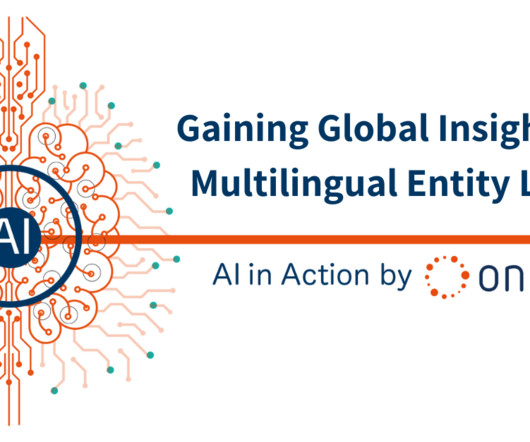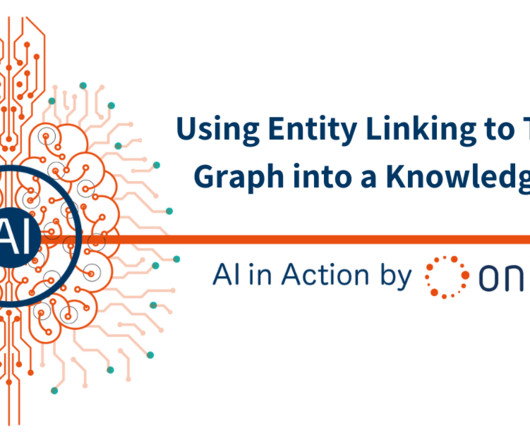Cryptography use cases: From secure communication to data security
IBM Big Data Hub
JANUARY 17, 2024
Asymmetric encryption Asymmetric en cryption , also known as public-key encryption, uses a pair of keys—a public key and a private key. The public key is used for encryption, the private key is used for decryption and each user has their own key pair. Securing API communication A hallmark of Web 2.0 (and















Let's personalize your content